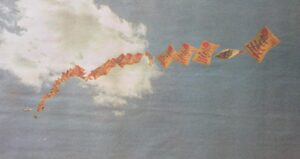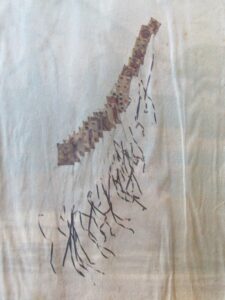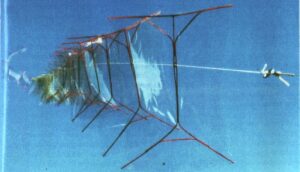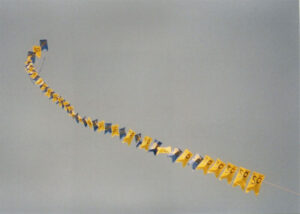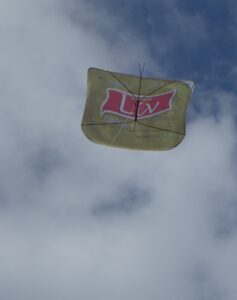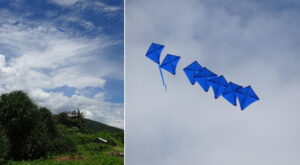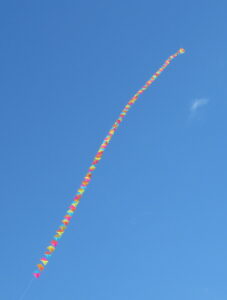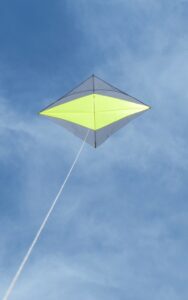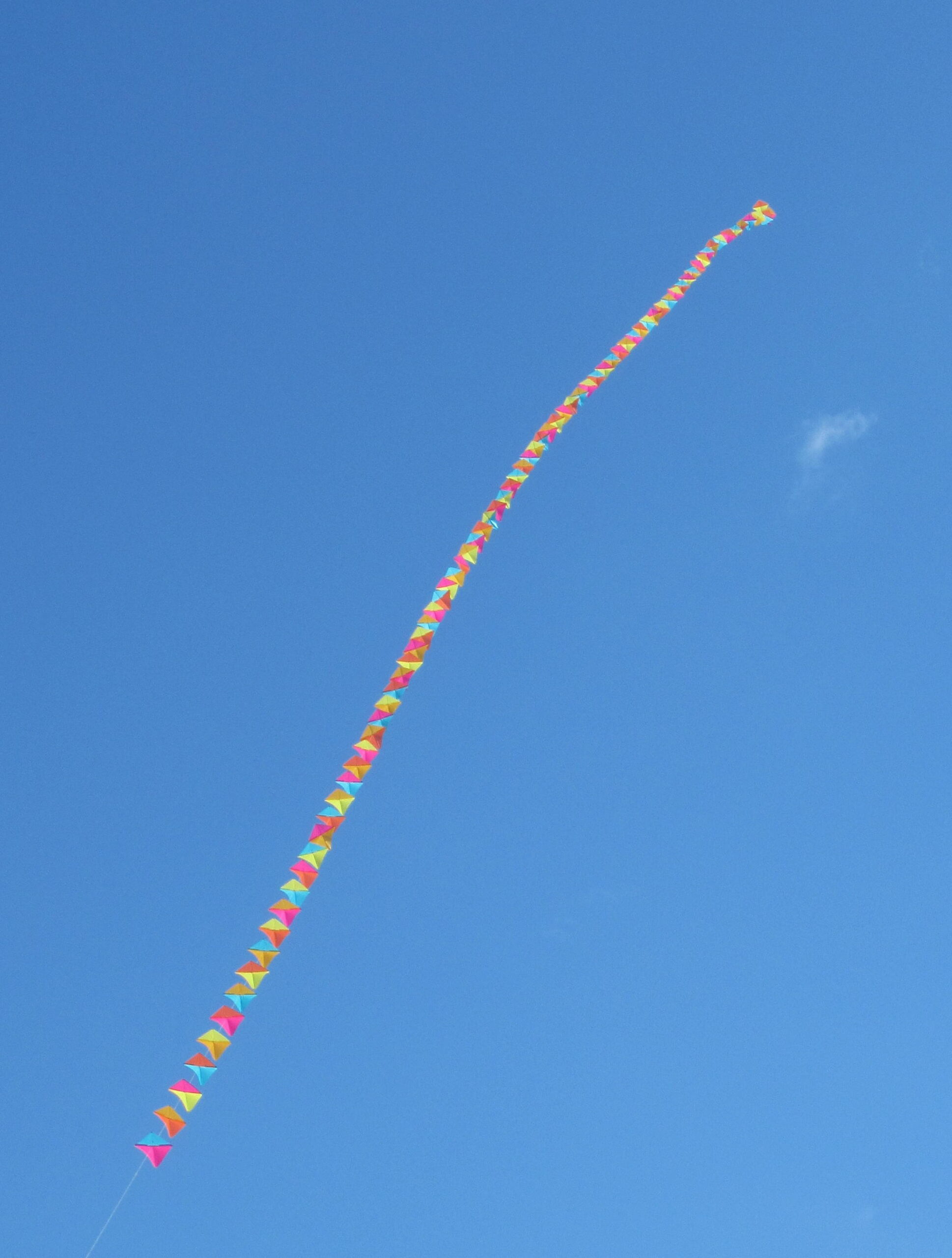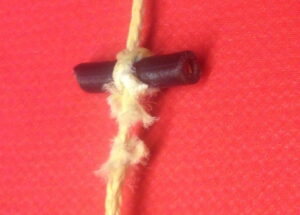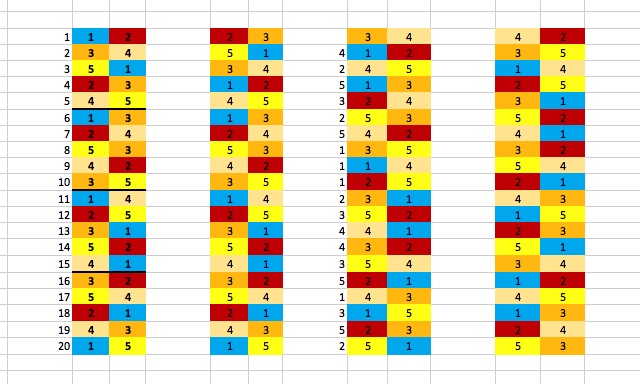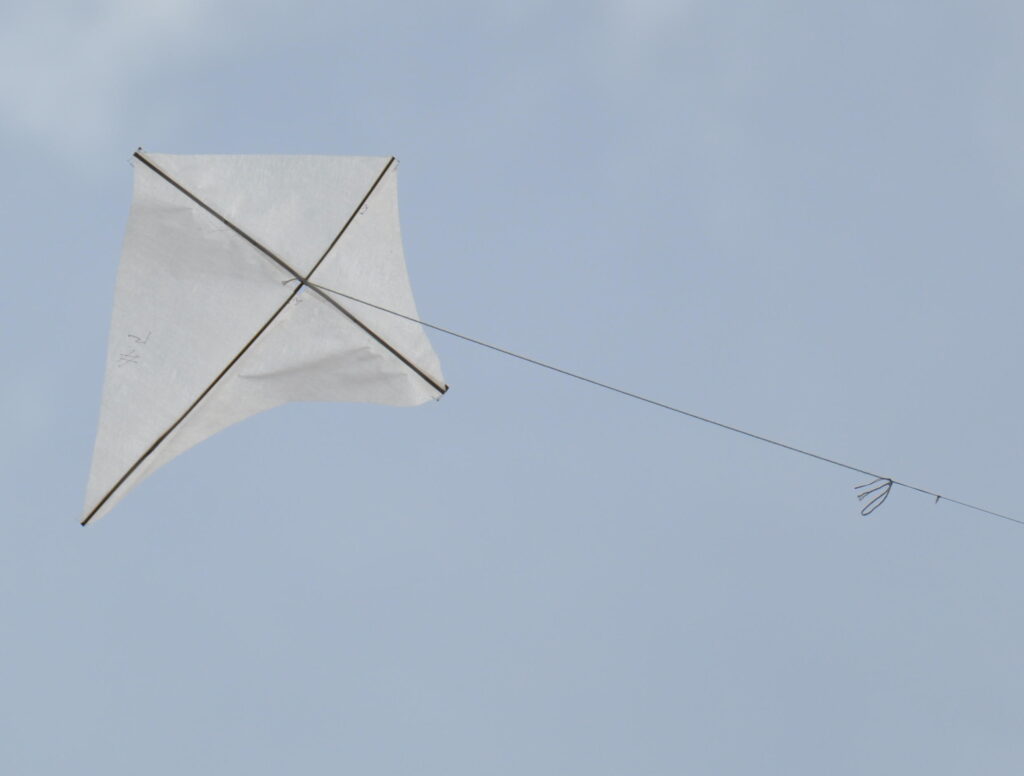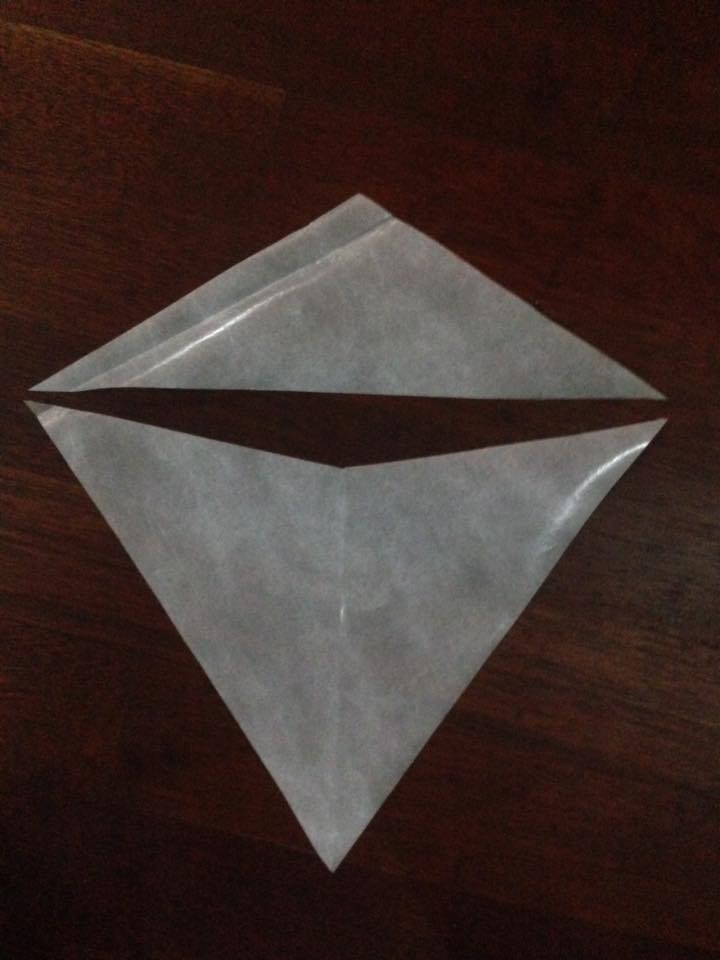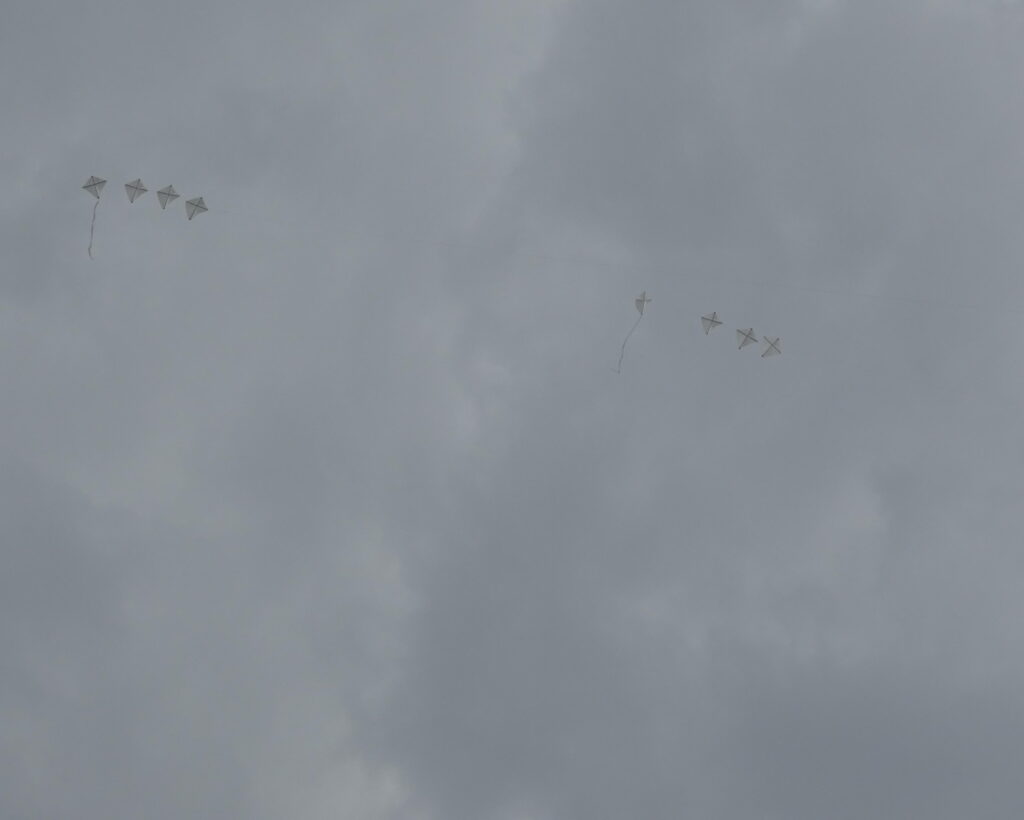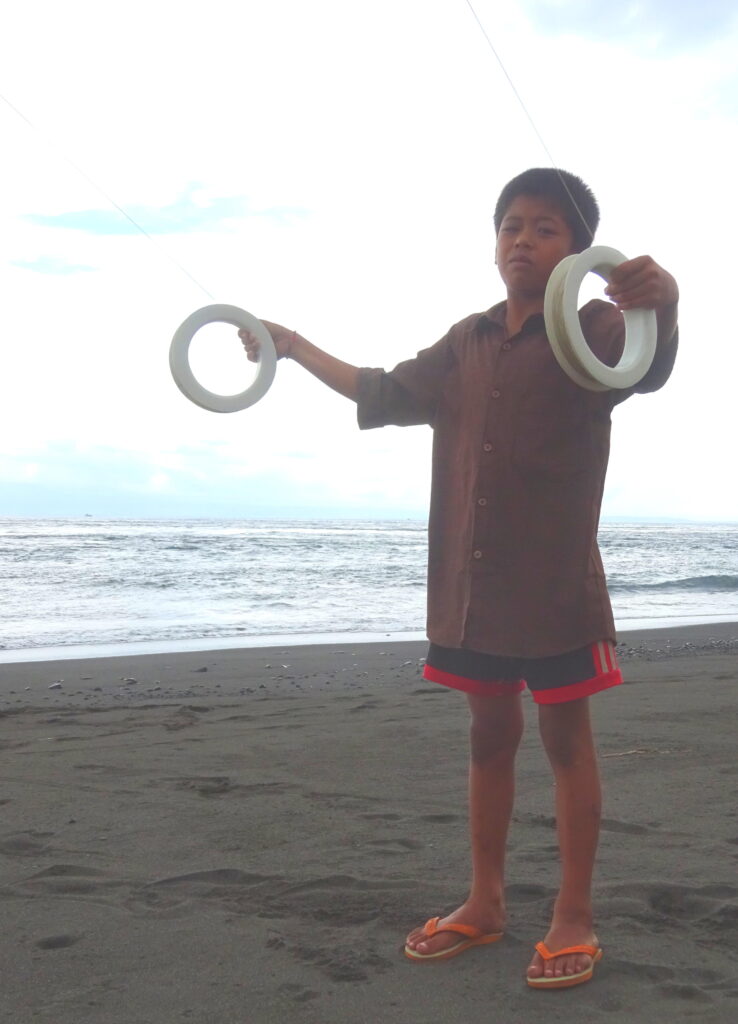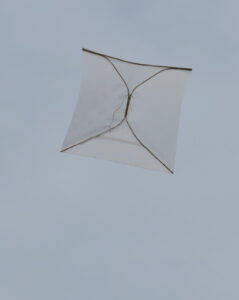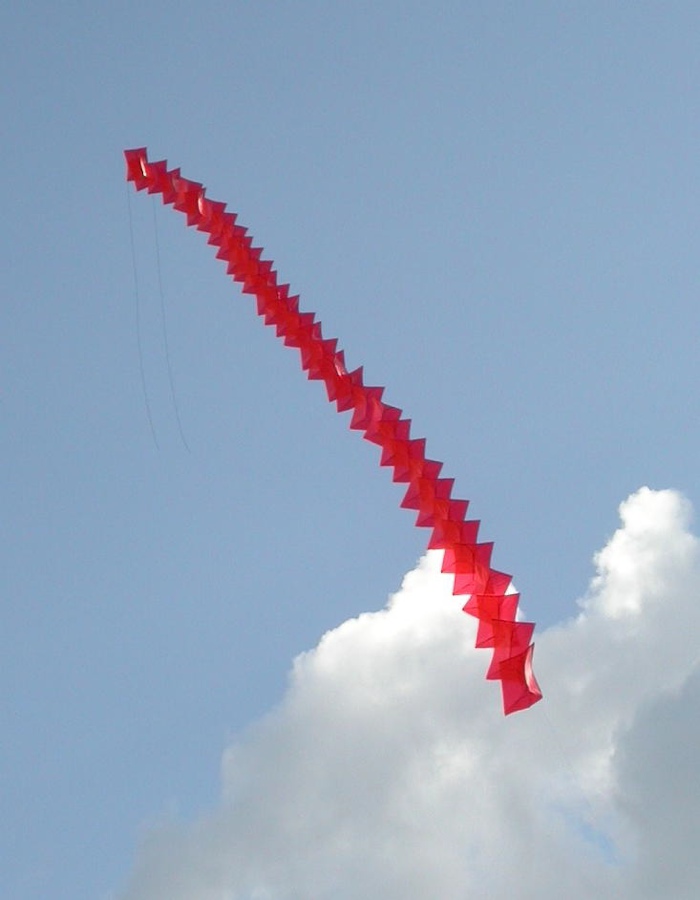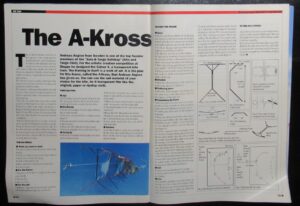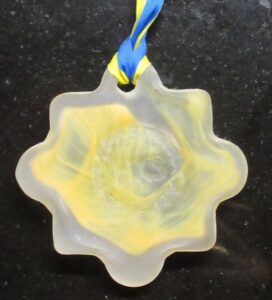SPTF – Single Point Tail Free
On smartphone: use finger for scrolling sideways to be able to see all pictures.
| Kite Name | Picture | Picture | Picture |
| The A-Kross train Sala Allehanda train |
The Tarot Train |
Coleur X |
Red A-Kross train |
| Fly50 Fly 50 | Fly50 | ||
| Square Foot Single point Square | Square Foot Square Swede | ||
| Butterfly Butterfly | Liv Liv | Anchor Anchor | Emborg Emborg |
| Nyoman Shimmy Nyoman | Nyoman Shimmy Nyoman Shimmy | Nyoman Shimmy Nyoman Shimmy - the movie | |
| Ronbus Ronbus | Ronbus Ronbus light | ||
| 38. akka akka | akka (c) akka | akka (e) akka - the flight |

